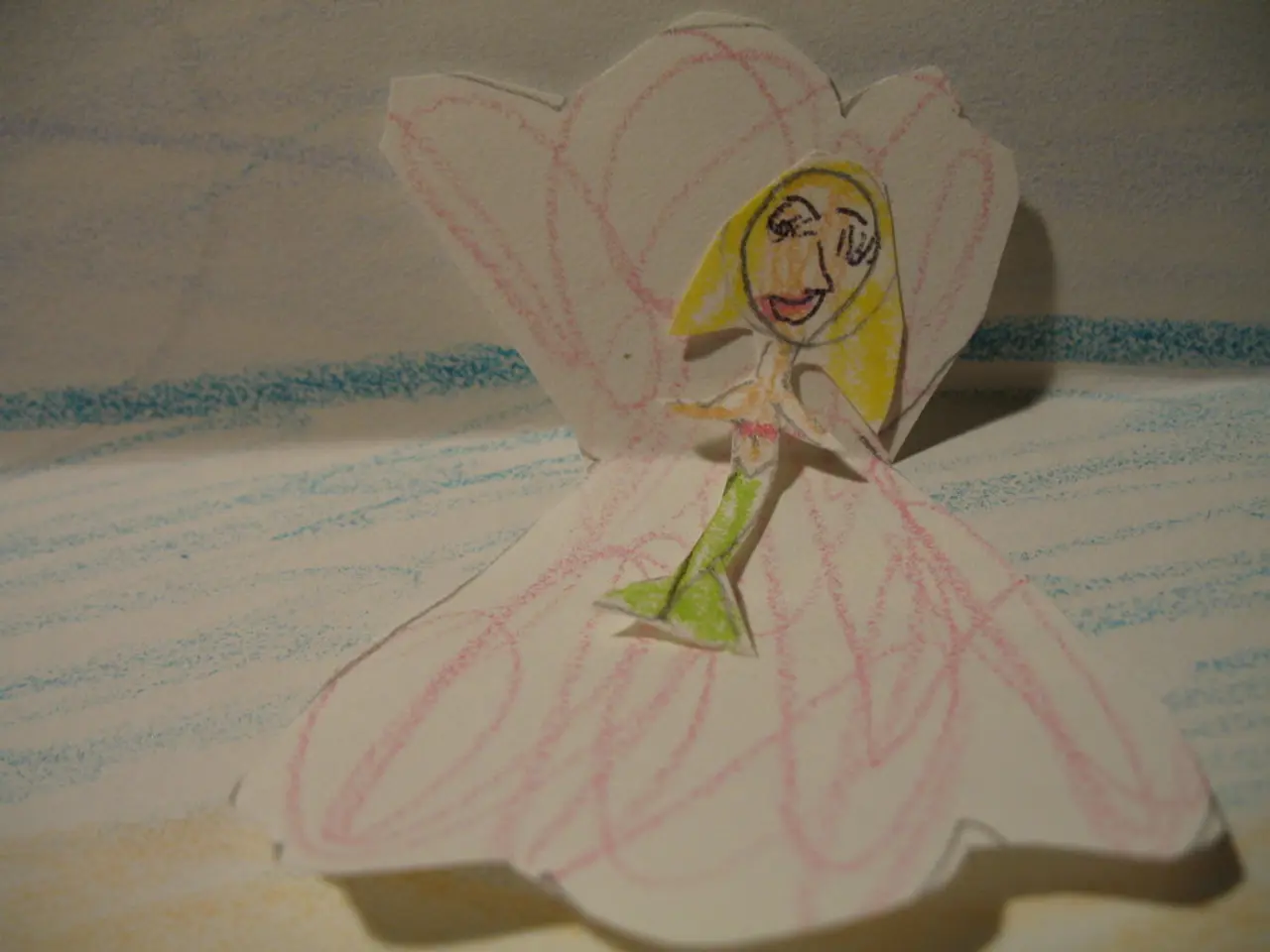Discover the Art of Sketching Apparel: Enjoyable Handbook on Fashion Drawing for Everyone
In the world of fashion, the ability to transform simple concepts into clear and creative designs is a valuable skill. For those new to fashion sketching, the process might seem daunting, but with the right materials, techniques, and a bit of practice, anyone can develop this skill.
Materials Needed
To get started, you'll need a few essential tools. Pencils, such as a #2 HB, are great for sketching outlines. For clean line work, consider fineliner pens like Pigma Micron or Copic Multiliner. Erasers, both kneaded and retractable, will help with corrections. Smooth Bristol or multimedia paper is ideal for better shading and color application. For those wanting to add color, watercolors or markers can be used once the sketch is complete.
Basic Techniques
Understanding figure proportions is crucial. A common rule of thumb is the "eight-heads" rule, where the human figure is approximately eight heads tall, with the torso usually measuring about two to three heads, the legs four to five heads, and the arms about three heads long. Using croquis templates can help maintain uniformity and focus on clothing details.
Practicing gesture drawing is also essential. This technique captures the movement and energy of the model's pose, helping fashion sketches feel alive and natural. Starting with simple geometric shapes can help build accurate, balanced sketches.
Common Mistakes to Avoid
One common mistake is ignoring proper body proportions, which can result in unbalanced or unrealistic figures. Drawing stiff poses without flow is another pitfall, as it can make the sketches appear lifeless. Not using croquis or templates can lead to inconsistent designs across sketches. Rushing details before getting the basic figure correct is another mistake to avoid.
By following these tips, practicing regularly, and gradually adding colors, beginners can develop confidence and skill in fashion sketching. Remember, it's essential to start with simple steps, such as using templates or tracing, to make the process less intimidating.
For thicker paper, consider using paper with a weight of 80-100 lb (120-150 gsm) when working with wet media such as markers and gouache.
With patience and dedication, you'll be on your way to creating stunning fashion sketches in no time!
- Embrace tutorials on fashion sketching to help you understand the intricacies of the process.
- Armed with essential materials like pencils, fineliners, erasers, and smooth Bristol paper, you're ready to embark on your fashion-and-beauty education-and-self-development journey.
- Familiarize yourself with basic techniques such as the "eight-heads" rule, gesture drawing, and using croquis templates to create realistic designs.
- Be cautious of common mistakes like ignoring body proportions, drawing stiff poses, and not using templates, which can negatively impact your illustrations.
- Use these techniques, practice consistently, and gradually incorporate colors to build confidence in your artistic ability.
- As you progress, delve into the world of fashion-and-beauty learning, finding inspiration in various forms of art and lifestyle to stimulate your creativity.




